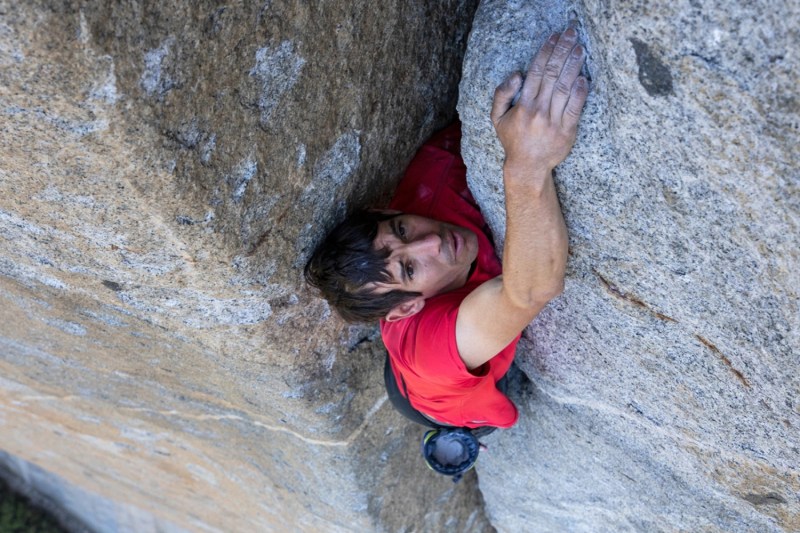Since spring has arrived, rock climbers everywhere are dusting off their outdoor gear and equipment. The warmer weather is a welcoming sign for those looking to scale nature’s obstacles. However, if you’ve never had the chance to experience rock climbing for yourself, the sport’s technical requirements and seemingly exclusive nature can be off-putting. In this guide, we’ll break down rock climbing to its very basics to discover why it’s something that anybody can do.
While rock climbing isn’t an impossible athletic task, it is still one that requires basic levels of fitness. Before hitting your first climbing gym, you should be sure that you’re comfortable with moving your own body weight through space. Good at-home climbing training workouts can include assisted pull-ups and dips as well as some core strengthening workouts. Once you’ve got a good grasp on how to handle your body weight, you should be ready to try your first climb.
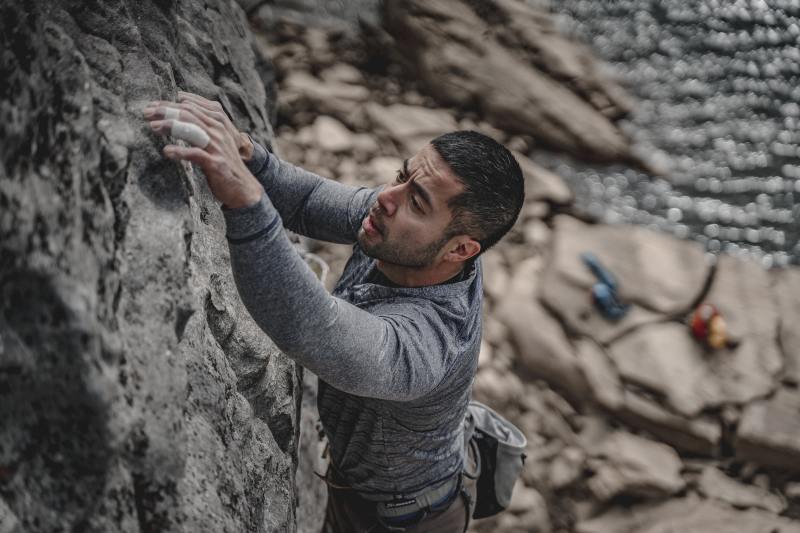
Once you finally make your way into your first climbing gym, you’ll notice an assortment of different styles. Most climbing gyms have more than one climbing type that they offer to guests. Whether you’re a first-time climber or a frequent guest, contemporary gyms have something for everyone. Let’s break down the different types you might encounter:
Bouldering
If the saying “A journey of a thousand miles begins with a single step” is true, then for climbers, that first step is bouldering. According to REI’s beginner climbing guide, bouldering is the “absolute simplest form of climbing.” For those looking to try, you’ll only need a pair of climbing shoes, a chalk pouch, and a “crash pad” to soften and protect landings. Most climbing gyms will provide all three.
Since bouldering lacks the rope-and-harness system present in other forms of climbing, every mistake you make on the wall will land you flat on the bottom. While other forms of climbing can involve ascents of 30-40 feet, bouldering routes (also known by experts as “problems”) are much shorter — think falling 9-12 feet onto a mattress. Despite their smaller stature, bouldering problems can still help climbers retain their fundamental climbing skills. This could be a great way to keep up your strength during the offseason.
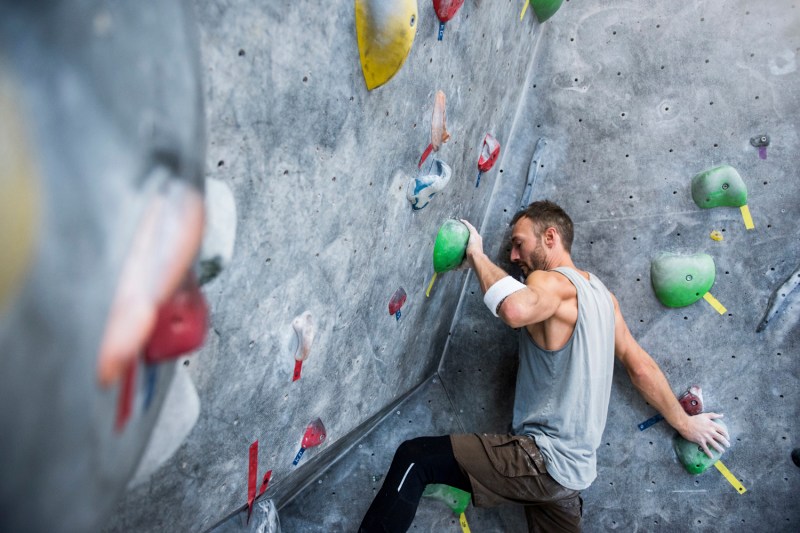
Free Climbing
Once you graduate from bouldering and put on a climbing harness, you’ll start your journey of free climbing. However, despite the scary-sounding name, you’ll be safely secured at all times. If you fall at a climbing gym during a free climb, you’ll typically only fall a short distance until your safety rope kicks in, keeping you hanging above the ground and able to resume your climb. Another benefit of free climbing with a belay is the ability to take a break when needed. Your climbing partner below will use their weight with a pulley system to help keep you weightless on the wall when needed. Roped free-climbing can be broken down into three categories: Top-rope climbing, lead climbing, and traditional (or expertly known as “trad”) climbing. Let’s take a closer look at each.
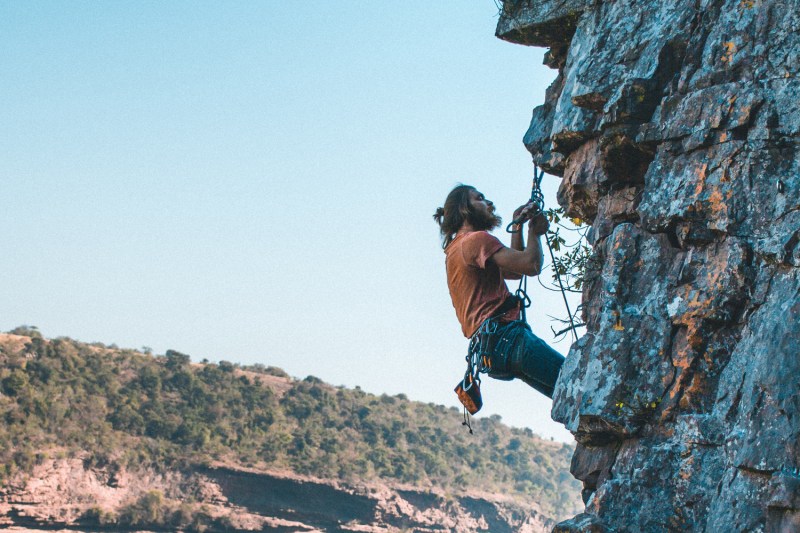
Top Rope Climbing
Top-rope climbing is what most beginner climbers are familiar with. This technique requires a climber’s rope system to be anchored above them at all times. On the ground, a belay partner will act as a counterweight, “eating up” excess rope fed back by the ascending climber. Communication between the climber and their belay partner is essential. The belay partner is responsible for maintaining the climber’s rope security, so when a climber starts to ascend more quickly (or more slowly), the belay partner must adjust their technique to keep up with the pace. Top-rope climbing can be done at either an indoor gym or an outdoor wall.
Lead Climbing
The next type of climbing that you might encounter is lead climbing. This is much more difficult than anything discussed until now. One of the — if not the — most popular types of climbing for experts, lead climbing is not for everyone. The more popular version of this technique requires the climber to attach their rope into bolted or secured placements along the route as they climb. Contrasting sharply with the more predictable top-rope technique, lead climbing forces you to put your own safety into your hands every foot you climb. Rightfully so, most indoor gyms and outdoor guides require extensive training before you take your first lead climb.
Trad Climbing
A type of lead climbing, traditional, or trad, climbing involves moving and re-moving your anchoring gear as you ascend the wall. An assortment of removable gear (such as nuts and cams) will accompany you on your way to the summit, providing you with the necessary security to keep you from falling. Requiring the added knowledge of how to use a whole new class of gear, trad climbing is not for the faint of heart — nor the casual climber.
Aid Climbing
All of the types of climbing mentioned so far rely on the climber to use natural-ish formations in the rock to help them ascend the wall. Organic or replica (in the case of a climbing gym) footholds and handholds are required to successfully climb under the previously mentioned distinctions. However, aid climbing, as the name implies, involves an added layer of assistance to the climber. According to REI, for particularly difficult or impassable sections of routes, aid climbers will use tools like a special climbing ladder called an etrier to pull themselves upward rather than relying on the rock itself.
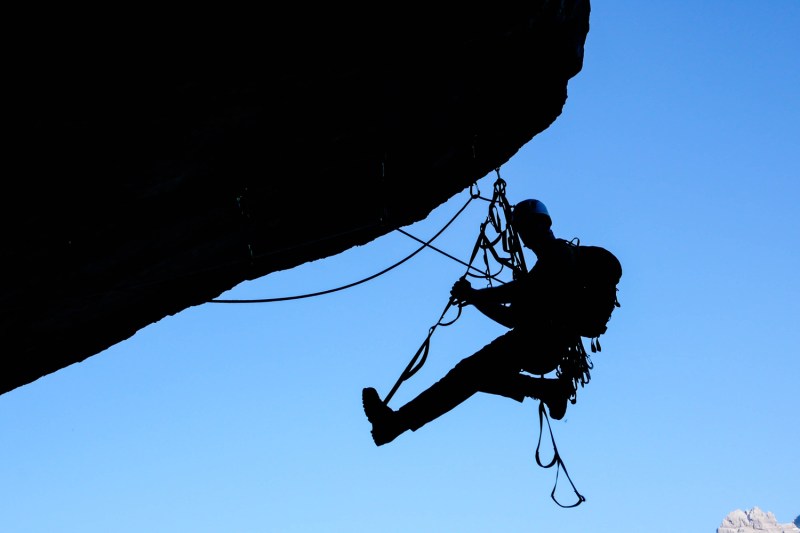
Free Soloing
For this type of climbing, the name is as scary as it sounds. No ropes, no help, and no second chances. If you make a mistake during a free solo climb, there is nothing stopping you from falling to your death below. Even the most expert climbers typically never experience this type of activity. We highly discourage participating in this type of climbing without years of dedicated training; however, if you would like to see this type of climbing executed at the highest level, be sure to check out
National Geographic’s Free Solo
— featuring American rock climber Alex Honnold’s infamous 2017 assent of the 3,000-foot granite rock face known as El Capitan.